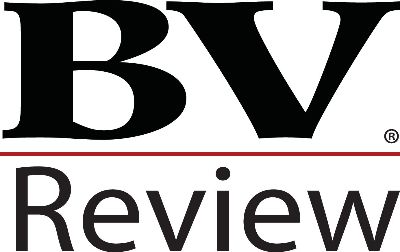Two Theories of Control
This paper identifies two different theories of control premiums: One theory supposes control only benefits controlling shareholders; the other supposes control benefits all shareholders. We first examine the logical implications of each theory. We then examine the implications of each theory on the relationship between the magnitude of a control premium percentage and the percentage of controlling ownership. We analyze a database that is commonly used to quantify control premium percentages and do not find evidence to support either theory on the basis of this relationship.

(a) The Impact of a Shareholder-Level Control Premium on the Value of an Interest. (b) The Dollar Impact of a Shareholder-Level Control Premium. (c) The Percentage Impact of a Shareholder-Level Control Premium.

(a) The Impact of an Entity-Level Control Premium on the Value of an Interest. (b) The Dollar Impact of an Entity-Level Control Premium. (c) The Percentage Impact of an Entity-Level Control Premium.

Predicted Premium Based on Ownership Percentage Acquired
Contributor Notes
Jordan Sundheim is an independent statistics professional who owns and operates sharpsportsanalytics.com. He holds a Master's in Computational Economics from Duke University. Jordan previously was employed as a Business Intelligence Analyst at NCSA Athletic Recruiting. Prior to his role at NCSA, Jordan leveraged his experience in statistics as an assistant football coach at Stanford University under head coach Jim Harbaugh. Jordan also spent three years as a Risk Examiner at the Federal Deposit Insurance Corporation.

